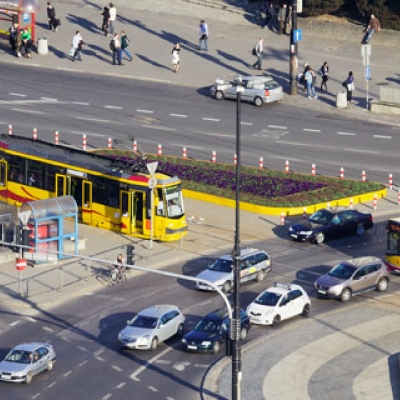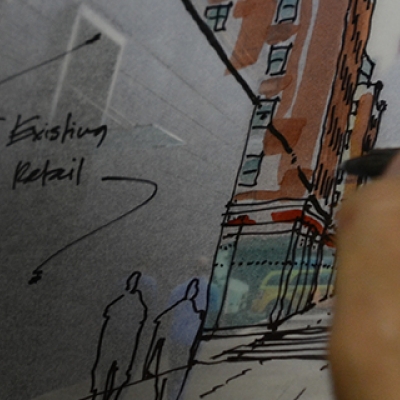
NYC: Not a Great place for Bikers but a Great Place to Bike
By Alec Appelbaum / On October 26th, 2015
"It'll be hard to go back to bike commuting in New York after being here," said the guy in the Boulder bike shop. He meant it as a welcome to his town, but I think he might do well to visit mine.

